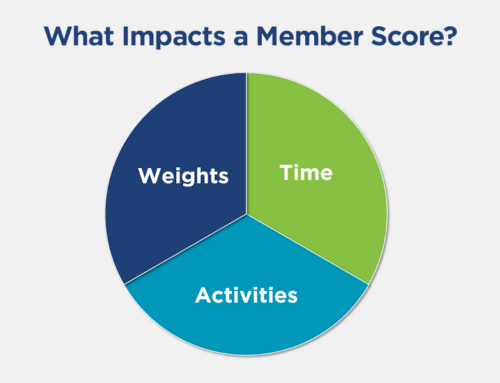The Major League Baseball All-Star festivities kick off tonight with the home run derby, where the leading power hitters face off to see who can hit the most home runs in a three round contest. Like most sports all-star events, the derby struggles to maintain relevance and TV ratings, but there is no shortage of interest in the so-called Home Run Derby Curse. The debate on whether the curse is fact or fiction is a fun example of the importance of using data to challenge assumptions.
According to the curse, participating in the derby causes a major decline in home run production in the second half of the season. The theory is that all those big swings rob players of their energy or mess up their swing mechanics causing big declines in performance over the second half of the season. There are many examples to support this conclusion. In a famous example from 2005, Bobby Abreu of the Phillies came into the derby hitting .307 with 18 HR. He launched 41 homers in a record setting derby win, then slumped through the second half of the season with a .260 batting average and only 6HR, blaming the decline on residual effects from the derby.
Data analysts and baseball stats geeks have studied this subject exhaustively in recent years, proving the curse to be a myth using two main arguments:
- Regression to the mean. Derby participants are very often enjoying extraordinary, career best, seasons hitting home runs at a much higher than usual rate. It’s natural for them to regress in the second half to a rate that is closer to their normal production.
- There is no abnormal drop in production. Looking past some high profile second half collapses, you find:
- 9 of the previous 16 winners have actually increased HR production in the second half. (Yahoo Weekly Rotation).
- The production of derby participants does decline but less than those who did not participate (thebiglead).
- The second half of the derby season is low relative to their hot first half but exceeds their own career averages (SABR).
Watch the derby for fun and don’t be surprised if the curse is mentioned. In the office, use the same concepts to challenge your assumptions and beliefs about your business. Here are three tips help you distinguish fact from fiction in your association.
- Don’t rely on instinct or anecdotal evidence. Those who perpetuate this myth are disregarding the data. Your association’s data is an asset. Don’t guess or assume when you can know.
- Compare results to baseline data. A trend in a particular segment is only significant to the extent it differs from the general population.
- Avoid Confirmation bias. Believers in in the derby myth can find a few cases every year to support their theory while ignoring the other data. In business, errors like this can be costly. Even if a belief or assumption seems reasonable, be open to exploring alternatives.


